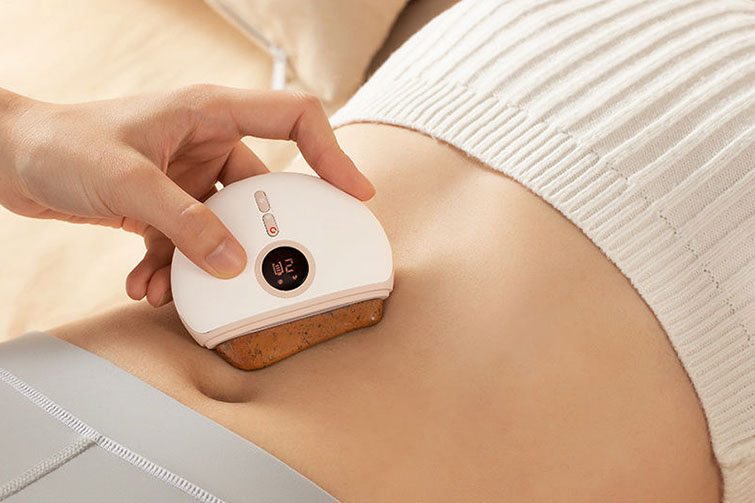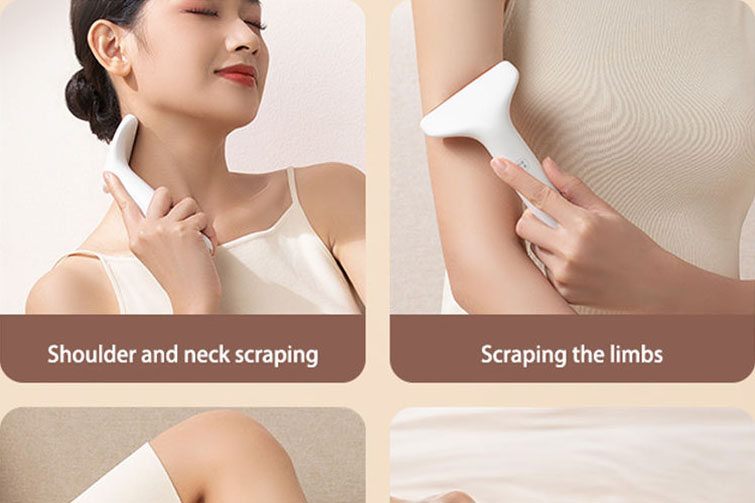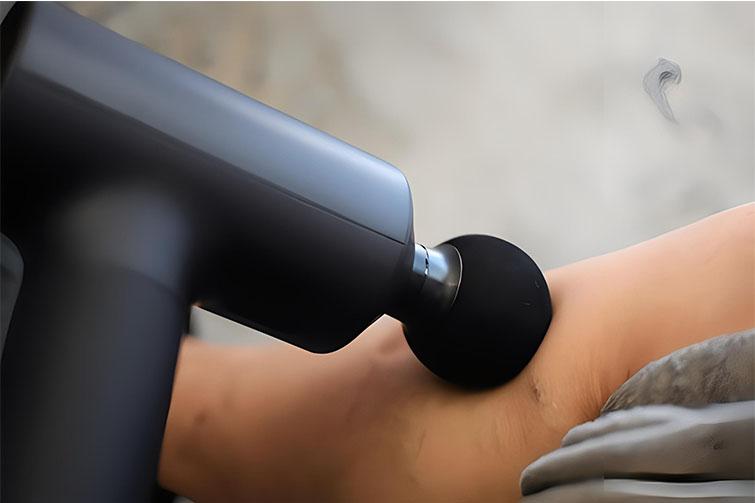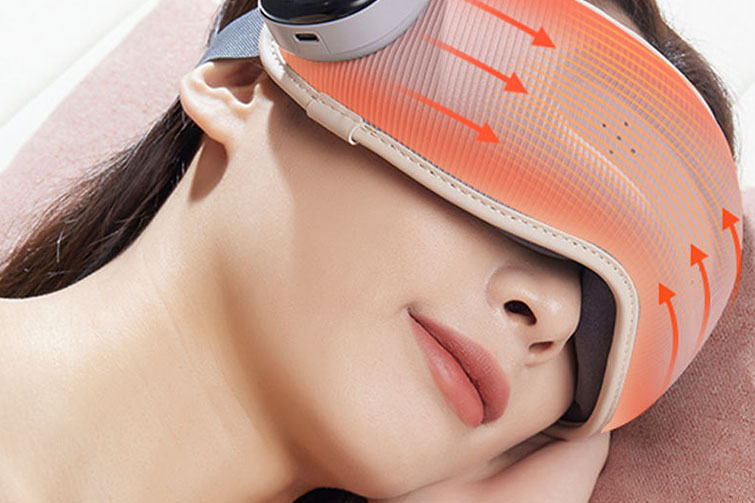

Choosing the Right Fitness Equipment: A Guide

Embarking on a fitness journey can be both exciting and daunting, especially when it comes to selecting the right equipment to meet your goals. With a myriad of options available, it's crucial to make informed decisions to ensure your investment aligns with your needs. Here’s a comprehensive guide to help you navigate the process of selecting the perfect fitness equipment.
1. Assess Your Fitness Goals: Before making any purchases, take the time to define your fitness objectives. Are you aiming to build muscle, improve cardiovascular health, enhance flexibility, or lose weight? Understanding your goals will guide you in selecting equipment that complements your workout routine.
2. Consider Available Space: Evaluate the space where you intend to set up your fitness equipment. Whether you have a spacious home gym or a compact apartment, choose equipment that fits comfortably within your designated area. Consider the dimensions and whether the equipment can be easily stored when not in use.
3. Budget Wisely: Set a realistic budget based on your financial constraints. While investing in high-quality equipment is important for longevity and safety, there are options available to suit various budgets. Research different brands and models to find the best value for your money without compromising on quality.
4. Explore Different Types of Equipment: There is a wide range of fitness equipment designed to target various muscle groups and fitness goals. Some popular options include:
- Cardiovascular Equipment: Treadmills, elliptical trainers, stationary bikes, and rowing machines are excellent for improving cardiovascular health and burning calories.
- Strength Training Equipment: Dumbbells, barbells, weight benches, and resistance bands are essential for building muscle strength and endurance.
- Functional Training Gear: Kettlebells, stability balls, and suspension trainers are ideal for functional exercises that mimic real-life movements and improve overall fitness.
- Flexibility and Recovery Tools: Foam rollers, yoga mats, and massage sticks aid in flexibility, mobility, and post-workout recovery.
5. Test Before You Invest: Whenever possible, try out equipment before making a purchase. Visit fitness stores or gyms that offer equipment demonstrations to gauge comfort, stability, and ease of use. Pay attention to factors such as adjustability, weight capacity, and ergonomic design to ensure a comfortable and safe workout experience.
6. Prioritize Safety and Quality: When selecting fitness equipment, prioritize safety and quality above all else. Look for products that meet industry standards and come with warranties for added peace of mind. Inspect the construction, materials, and weight capacity to ensure durability and stability during intense workouts.
7. Seek Expert Advice: If you're unsure about which equipment is best suited for your needs, don't hesitate to seek advice from fitness professionals, personal trainers, or knowledgeable sales associates. They can provide valuable insights and recommendations based on your fitness level, goals, and budget.
Conclusion: Choosing the right fitness equipment is a pivotal step towards achieving your health and wellness goals. By assessing your needs, considering space and budget constraints, exploring different types of equipment, testing before purchasing, prioritizing safety and quality, and seeking expert advice, you can make informed decisions that support your fitness journey for years to come. Remember, consistency and dedication are key to success, so choose equipment that motivates you to stay active and committed to your goals.





